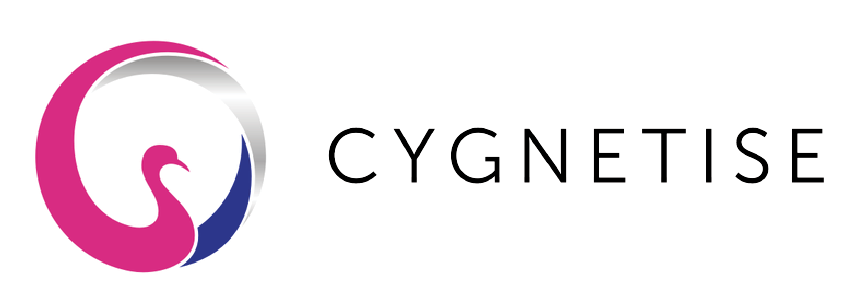Is your NDA valid?
This blog was written by Steve Pomfret – Cygnetise CEO
I have worked the majority of my career in very large organisations but now have shifted across to the exciting startup world. This world has more risks, barriers, hurdles and unknowns than one would ever imagine and we spend nearly all our time remediating, jumping, circumnavigating, dodging, alleviating and avoiding these very frequent issues.
In this world, we have to be entirely open with potential customers, investors, collaborative partners, incubators and accelerators, yet at the same time manage our intellectual property. Consequently, we regularly need to sign Non-Disclosure Agreements.
Non-Disclosure Agreements are funny things. As soon as both parties have signed one then we can all be open with each other, spill the beans and all our deepest darkest secrets including information on customers.
So let’s take an example of this.
Somebody, let’s call him Bob, signs the NDA on behalf of a company you are about to start discussions with. How do you know if Bob is authorised to do so? After all, not all personnel working for a particular company can approve or sign off on deals.
A junior administrative assistant surely cannot sign off on a multi-million dollar payment or an acquisition of another company. Just because Bob works for the organisation it does not mean that he is an authorised representative of the company, and duly authorised to sign an NDA. And if he is not, then the NDA is not valid.
Question: So how do we know if Bob is authorized and thus the NDA is actually valid?
Answer: An authorised list of personnel, or an authorised signatory list (ASL) needs to be provided, showing a register of relevant personnel and what their signing or approval authorities are.
However…
Do we ever ask for a signed NDA to be accompanied by a formal list of authorised signatories? From my experience, we do not.
I wonder how many signed NDAs are actually invalid. Unless an ASL is provided, then you simply do not know.
And if you don’t know, then there wasn’t a great deal of points in signing in the first place.
As a point of reference I would highly recommend the article written by Aileene Koh entitled Who Can Sign Non-Disclosure Agreements. This will tell you all you need to know about Non-Disclosure Agreements.
On behalf of all parties concerned everyone should accompany their signed NDA with an ASL.
Using Cygnetise, a blockchain application for authorised signatory list management, lists can securely be shared and updated.
Want to learn more? Book a quick demo here.
